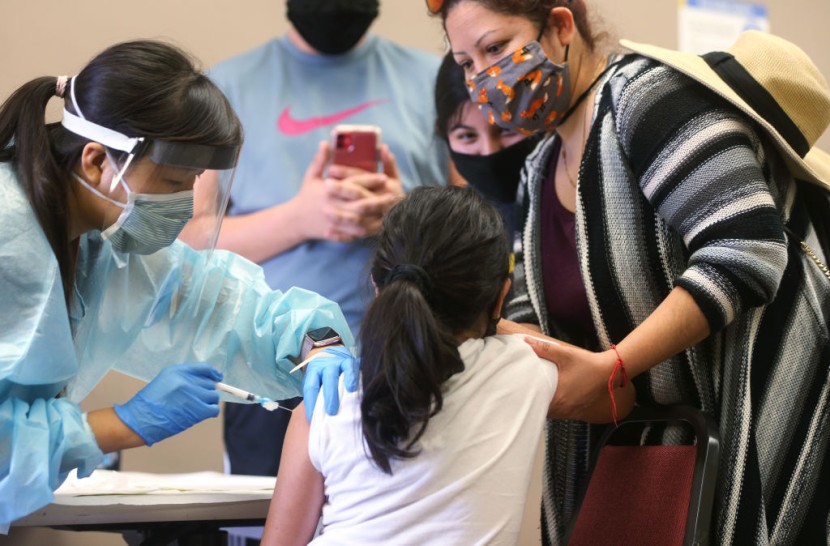
US doctors are alarmed by an early and unusual spike in respiratory infections among infants and toddlers across the nation.
Pediatricians and children's hospitals anticipated a severe flu season. It caught health experts off guard when multiple infections appeared at once.
According to Dr. Deanna Behrens, a pediatric critical care physician at Advocate Children's Hospital in a suburb of Chicago, "there is no one virus that is causing children respiratory viruses this fall." Sadly, that applies to all of the cases, NBC News reported.
Behrens and other infectious disease specialists have seen an unprecedented rise in the prevalence of parainfluenza viruses, adenoviruses, rhinoviruses, enteroviruses, and RSV in babies and preschoolers.
Children's Hospital New Orleans' Dr. Mark Kline noted that nasal swab tests show that there were children that have "contracted two or three viruses simultaneously."
Children make up one-third of flu hospitalizations, according to a statement from the Centers for Disease Control and Prevention to NBC News. Children under the age of five make up one-third of hospital admissions.
The greatest risk for serious RSV in babies and young children happens with the accumulation of mucus that occurs with colds and other respiratory diseases. The condition makes it difficult for babies to discharge mucus because of their air passages and immature immune systems.
What Is RSV? How Dangerous Is It?
RSV, or respiratory syncytial virus, is a typical culprit for mild cold-like symptoms, including runny nose, coughing, and fever. By age 2, almost all children in the United States suffer an RSV illness, per WCVB 5 News in Boston.
Typically, an infected person can spread the disease for three to eight days. RSV can remain contagious for up to four weeks in infants and those with compromised immune systems.
Although various potential vaccines are being tested, there is no vaccination for them.
Anyone can contract RSV. However, it poses the highest risk to children, the elderly, and other weaker people who have a greater risk of developing serious lung and airway infections.
RSV frequently causes up to 500 fatalities and 58,000 hospitalizations in children under the age of five in the United States each year.
RSV leads to 14,000 fatalities and 177,000 hospitalizations annually in those 65 and older.
As a result of being protected from common bugs during the pandemic lockdowns, newborns and young children are among the most vulnerable people with the situation of RSV Surge USA.
What Caused the Spike in Infections?
Dr. Elizabeth Mack of the Medical University of South Carolina says masking for more than two years due to the COVID-19 pandemic may have weakened immune systems.
Health experts in the United States have noticed an increase in respiratory disease complaints across the country this month, which they attribute partly to the early flu outbreak in most of the South.
According to CDC data, more than 7,000 tests performed last week resulted in virus positivity showing RSV Surge USA.
Since there is no particular cure, the only option is to treat the symptoms and let the virus do its thing. To facilitate breathing, doctors may advise oral steroids or an inhaler.
Patients in hospitals may get oxygen, a breathing tube, or a ventilator in critical situations of the Respiratory Virus,
PBS reports that doctors advise patients to stay at home while ill and wash their hands properly to prevent the transmission of viruses.
An injection of an antibody-based medication is occasionally recommended during RSV season to safeguard premature newborns and other extremely susceptible neonates.
Dr. Russell Migita of Seattle Children's Hospital, where RSV is on the rise, advised parents to "do not hesitate" to proceed to an emergency room or call 911 if their kid suffers a severe condition from the Respiratory Virus.








